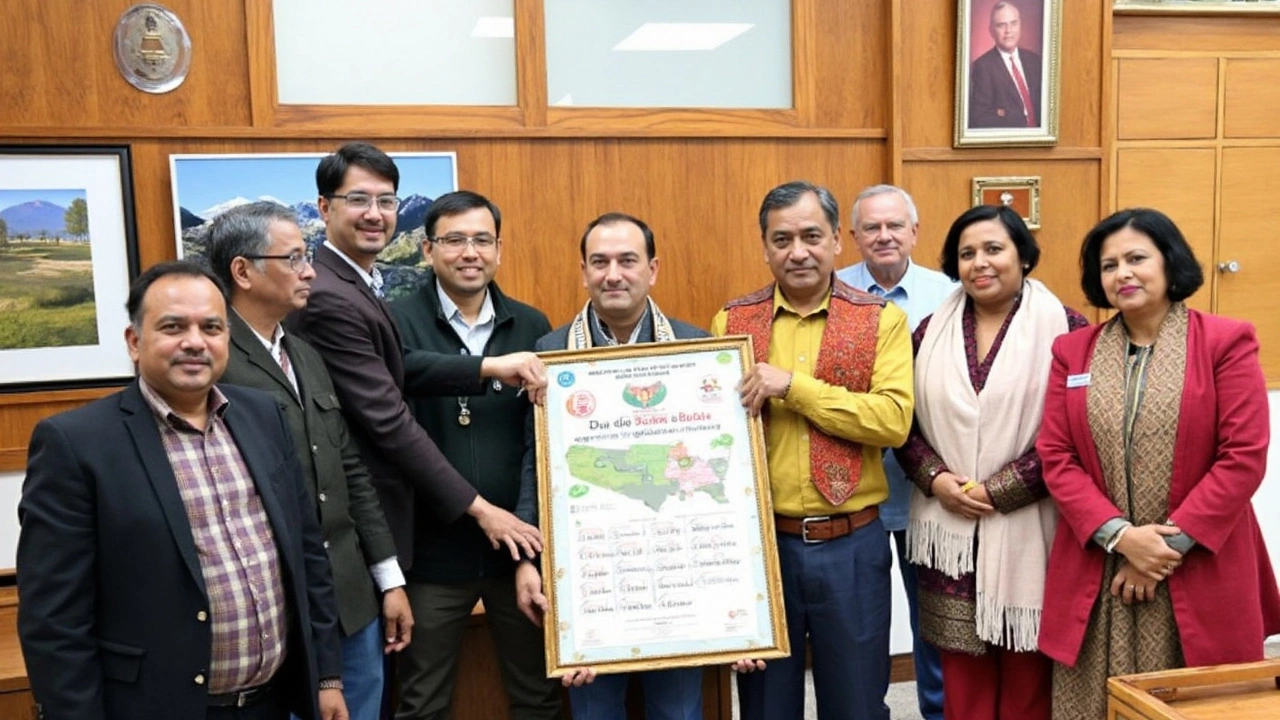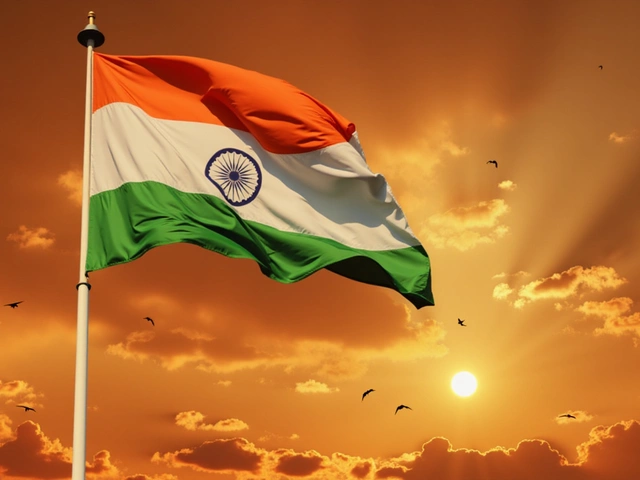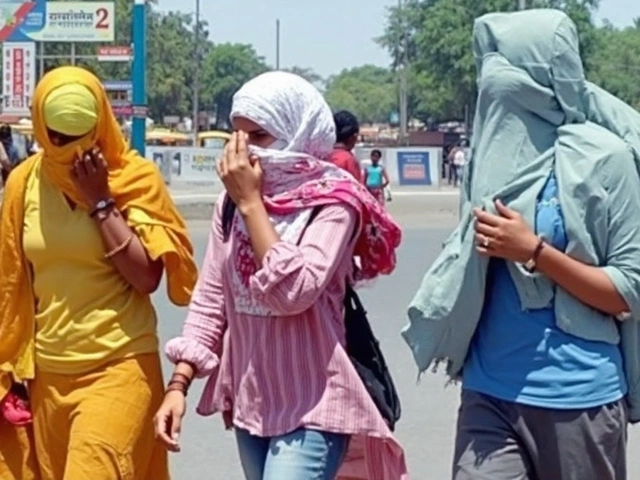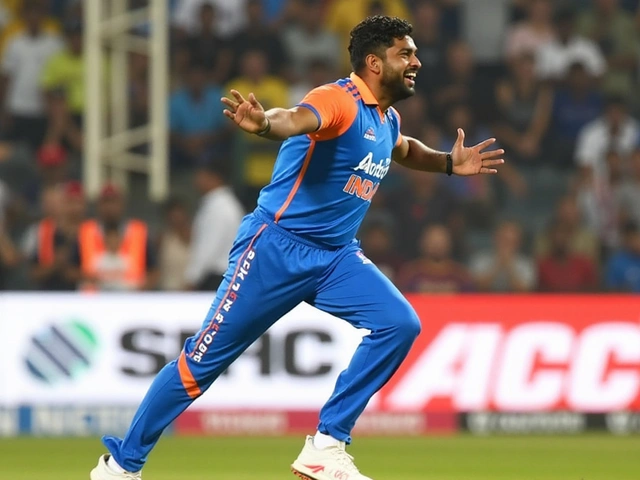Delhi Government Updates: What’s Happening Right Now
If you live in or follow Delhi, you’ve probably seen a flood of alerts, traffic notices, and policy announcements lately. The government’s job is to keep the city running smoothly, but the monsoon season and growing population make that a tall order. In this guide we break down the most useful information you need – from rain warnings to road fixes – so you can plan your day without guessing.
Rain Alerts and Weather Updates
Every time the IMD (India Meteorological Department) issues an orange or red alert, the Delhi government jumps into action. The latest alert, posted on July 31, warned of heavy showers that could last through the weekend. Expect water‑logged streets, reduced visibility, and slower public‑transport services. The alert isn’t just a headline; it triggers a cascade of steps: extra police patrols, real‑time updates on social media, and temporary closures of vulnerable underpasses.
What does this mean for you? Carry an umbrella, keep an eye on the official Delhi traffic portal, and consider shifting your commute to earlier in the day. The government also deploys mobile flood‑relief units in known choke points like Connaught Place and Patel Chowk. These units pump water, clear debris, and help get traffic moving again. If you’re driving, stick to main arteries where the city clears water faster, and avoid low‑lying lanes that turn into rivers during a downpour.
Temperature drops are another side effect of the monsoon. Around September 1, the IMD forecasted lows of 22‑25 °C, which is cooler than the usual 30 °C summer peak. The Delhi government uses this cooler window to schedule routine road repairs that would be risky during heatwaves. So, if you see road crews working at odd hours, it’s often because the weather finally allowed safe repairs.
Traffic Management and Government Initiatives
The rain isn’t the only thing that slows Delhi traffic. The government routinely announces new lane allocations, changes to metro timings, and public‑awareness campaigns aimed at easing congestion. Recently, the Delhi Traffic Police rolled out an “Orange Alert” protocol that synchronizes traffic lights on major corridors during heavy rain. The result? Reduced waiting times at intersections and smoother flow for emergency vehicles.
Another key initiative is the smart‑parking project. Sensors installed in parking lots across South Delhi send real‑time vacancy data to a mobile app. The government encourages drivers to use the app, cutting down on time spent circling for spots, which in turn lowers emissions. If you haven’t tried it yet, download the official Delhi parking app and let the city’s tech help you avoid the usual hunt for a space.
Public transport also gets a boost when the weather turns nasty. The Delhi Metro adds extra coaches on crowded lines and runs special shuttle services between major stations and bus terminals. The government’s website lists the exact schedule changes, so a quick check can save you from missing a train during a downpour.
Beyond immediate actions, the Delhi government is investing in long‑term resilience. Projects like the Delhi Flood Management Plan include building new drainage canals, raising road levels, and creating retention ponds in flood‑prone neighborhoods. While these projects take years, each phase brings tangible improvements – fewer water‑filled potholes and quicker clean‑up after storms.
In short, staying ahead of Delhi’s weather and traffic comes down to two habits: checking official alerts early in the day and using the city’s digital tools for real‑time updates. The Delhi government makes the information available; it’s up to you to tap into it. Keep this guide handy, and you’ll navigate rain, traffic, and policy shifts with confidence.
February 2025: Festivals, Government Change in Delhi, and Key Academic Events
February 2025 in India is packed with vibrant cultural festivals like Basant Panchami and Mahashivratri, alongside important regional holidays. A new government is forming in Delhi and board exams commence nationwide, marking a crucial time for students. Bank closures across the country highlight the administrative landscape.





